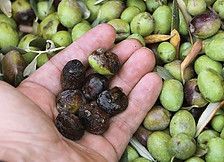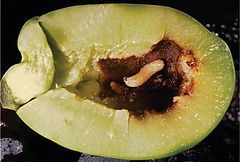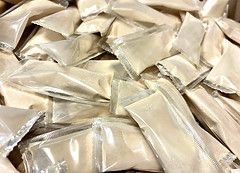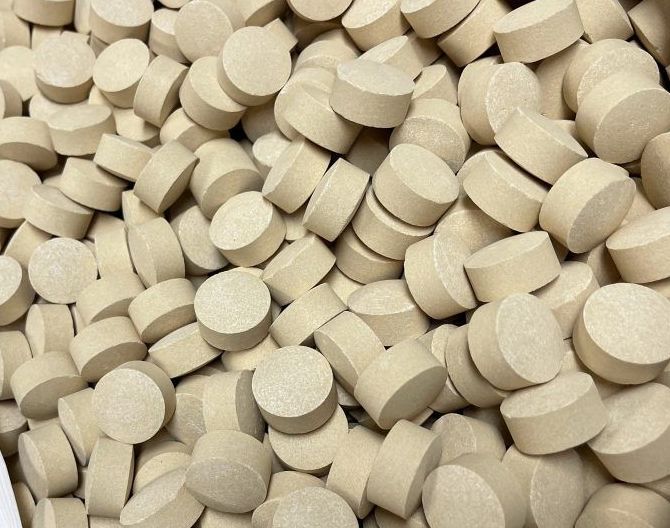Torula YeastS Pellets
The olive fruit fly poses a significant threat to olive trees as it is considered a major insect pest. Originally from the Mediterranean region, where it has been causing problems for centuries, this fly has now spread to other parts of the world. The adult olive fruit fly is not frequently observed, but its impact becomes evident through its egg-laying behavior. It lays eggs just beneath the surface of the olive fruit skin.
Once hatched, the larvae of the olive fruit fly consume the flesh of the olive, leaving behind distinctive brown tracks and tunnels. This damage not only renders the fruit unsuitable for table consumption but also makes it vulnerable to rot and premature dropping. While most noticeable harm occurs in the autumn season, prior to that, infested fruit may only exhibit small spots or punctures. Upon cutting open the fruit, however, the presence of brown lines (tunnels) and maggots becomes apparent.
It is important to note that the olive fruit fly can only reproduce in olives, further emphasizing the significance of controlling its population to protect olive trees and their fruit.
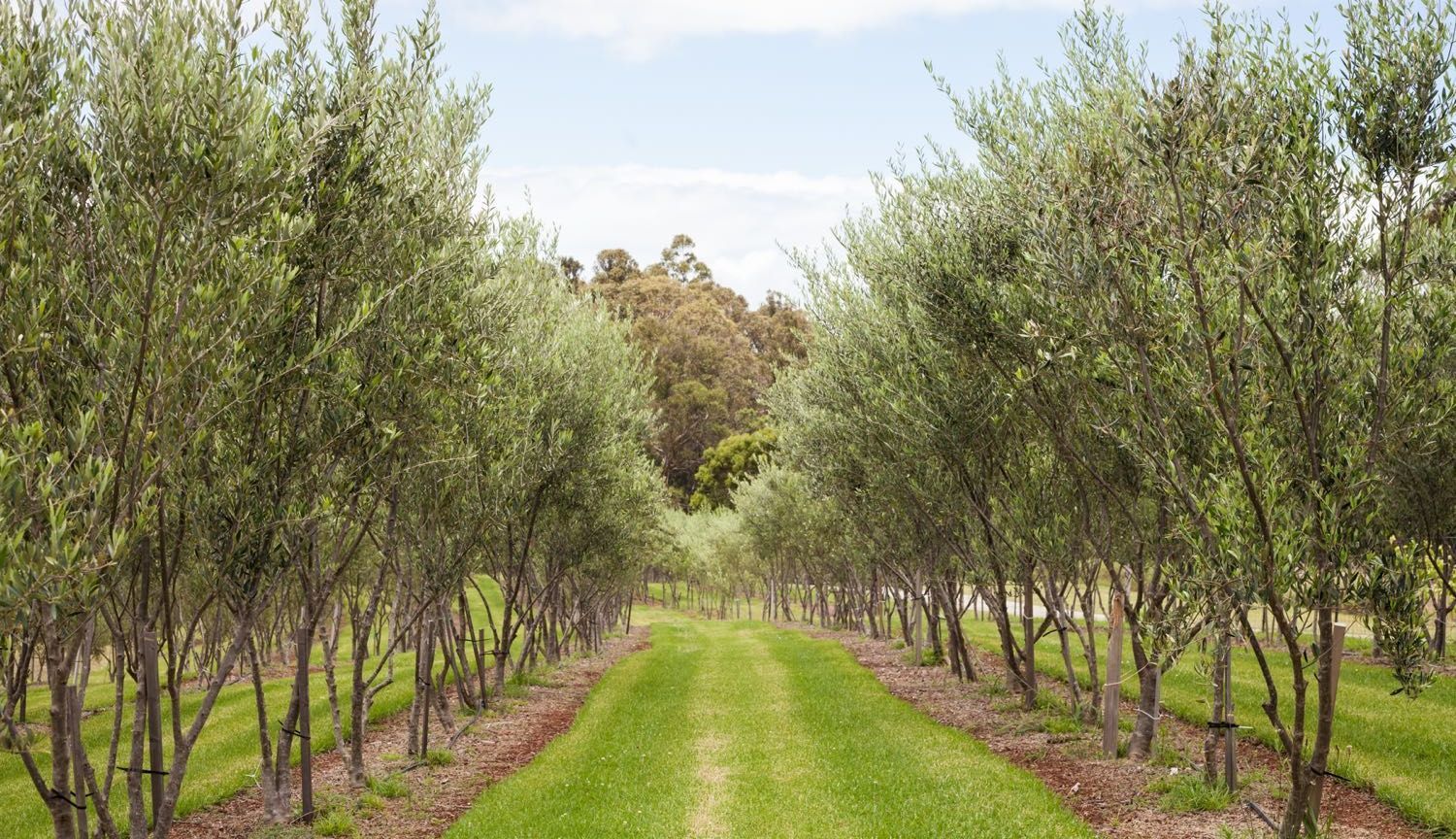
To minimize the population of adult olive flies and minimize fruit damage, various trap options are available. One such trap is the Multilure trap, also known as the McPhail-type trap. This trap consists of a water reservoir that contains torula yeast pellets as a food attractant. Additionally, a pheromone lure can be included to enhance its effectiveness.
Torula Yeast is conveniently manufactured in pellet form, making it easy to use. The recommended ratio for torula yeast pellets is 4 pellets per 250 milliliters of water. This ensures optimal attraction and efficacy of the trap.
If you have any further inquiries or require additional information regarding the use of these traps or torula yeast pellets, please feel free to reach out to us.
Composition: 50% Borax, 45% Torula, 5% excipients
Torula Yeast may also be used in ORGANIC FARMS.
Torula is available for purchase in two options:
1. By the pound
2. By the drum.
When buying by the pound, you can expect to receive around 90 pellets per pound. Drums, on the other hand, are sold in quantities of 30 pounds. If you have any additional questions or require further information, please don't hesitate to reach out to us.

